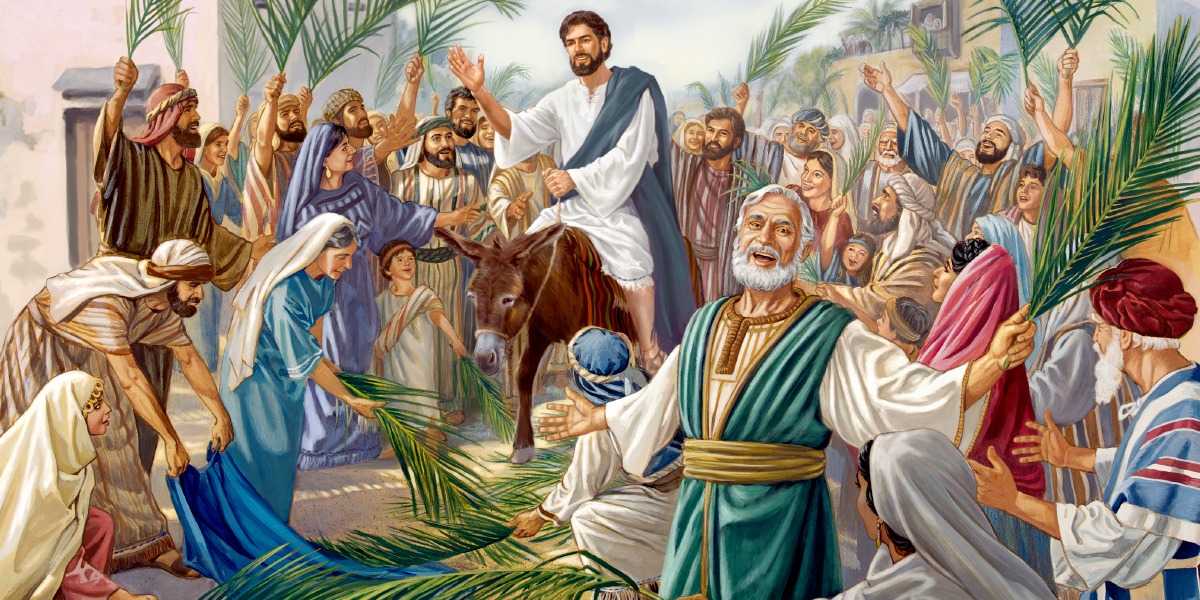World
The Multifaceted Significance of Palm Sunday: A Symbol of Christ’s Arrival and Communion

Palm Sunday, which marks the beginning of Holy Week in Christian traditions, commemorates the triumphal entry of Jesus into Jerusalem, where he was greeted by cheering crowds waving palm branches in celebration.
As believers globally prepare to observe Palm Sunday on March 24, it is a time of reflection on the Last Supper, followed by the intricate events of Jesus’ final days leading to the Crucifixion and Resurrection.
The traditional procession into Jerusalem, where Jesus rode on a donkey, symbolized humility and peace, as reflected in the prophecy from the Book of Zechariah in Jewish scriptures.
In churches around the world, the rituals of Palm Sunday involve the blessing of palms by clergy, the reading of the Passion narrative, and the distribution of palm fronds to the faithful.
One of the most iconic depictions of the Last Supper is the renowned painting by Leonardo da Vinci, housed at the Santa Maria delle Grazie Church in Milan, Italy.
Amid the ongoing U.S. eucharistic revival and discussions on synodality within the Catholic Church, the symbolism of communion and sacrifice during the Last Supper holds particular relevance.
Notable biblical passages such as Philippians 2:6-11 and Isaiah 50:4-7 are often meditated upon during Holy Week, reflecting on the selfless love and humility demonstrated by Jesus in his ultimate act of redemption.
From the somber observance of Ash Wednesday to the joyful celebration of Easter Sunday, Palm Sunday serves as a pivotal point in the liturgical calendar, setting the tone for the spiritual journey ahead.












